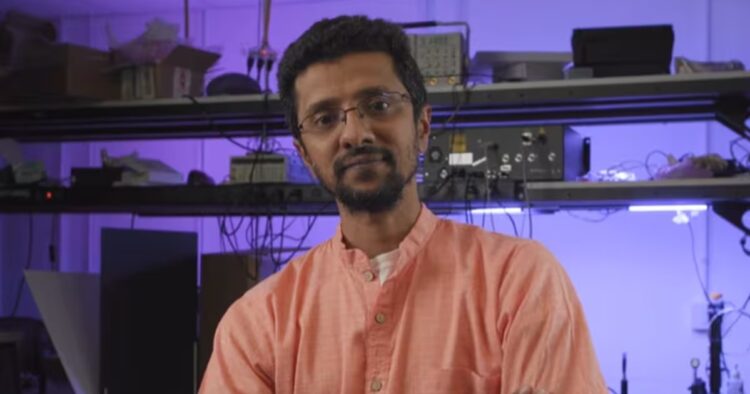Ashok Veeraraghavan, a computer engineer and professor of Bharatiya descent, has been honored with the esteemed Edith and Peter O’Donnell Engineering Award. This accolade, considered one of the top academic distinctions in Texas, is awarded annually to exceptional researchers who have made significant contributions in various fields including medicine, engineering, biological sciences, physical sciences, and technological innovation.
The Texas Academy of Medicine, Engineering, Science, and Technology (TAMEST) bestowed this award upon Veeraraghavan for his groundbreaking work in imaging technology. His innovative research focuses on making invisible objects visible through revolutionary imaging techniques.
Veeraraghavan’s engineering prowess lies in his group’s development of imaging technology that seeks to overcome the limitations of traditional methods. His computational imaging lab at Rice University delves into the comprehensive study of imaging processes, integrating optics, detector design, and machine learning algorithms to address imaging challenges beyond the capabilities of existing technologies.
Traditionally, imaging systems have been designed without considering optics, detectors, and algorithms together, but Veeraraghavan’s approach of co-design opens up new possibilities, enabling the achievement of imaging functionalities that were previously unattainable.
His research aims to tackle imaging scenarios where visibility is hindered by factors like light scattering in participating media. This includes situations such as driving in foggy conditions, satellite imaging through clouds, or biological imaging through skin. Veeraraghavan’s work addresses the core challenge of imaging through scattering media, which he considers one of the most significant remaining hurdles in the field.
Veeraraghavan’s academic journey has seen him rise from his roots in Chennai, Bharat, to become a distinguished Professor in the Electrical and Computer Engineering Department at Rice University. He holds degrees from the Indian Institute of Technology, Madras, and the University of Maryland, College Park.
One of his notable achievements is the co-development of FlatCam, a compact sensor chip that replaces traditional lenses in cameras. Under his leadership, the computational imaging lab at Rice University continues to push boundaries in research, focusing on optics, sensor design, and machine learning to address complex imaging challenges.
Peers and colleagues have lauded Veeraraghavan’s accomplishment, emphasizing the significance of his work in various domains including human health, microscopy, national security, autonomous vehicles, and photography. His pioneering efforts in imaging technology are poised to have a lasting impact on diverse fields, marking him as a deserving recipient of the prestigious Edith and Peter O’Donnell Engineering Award.

















Comments